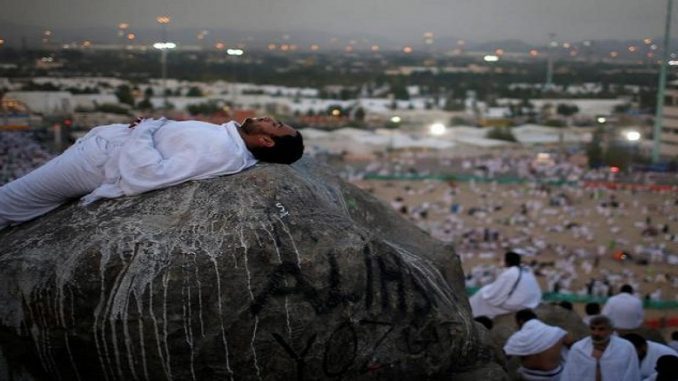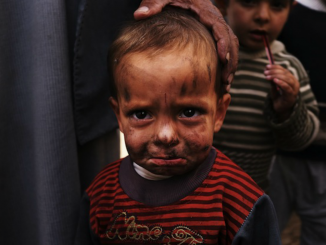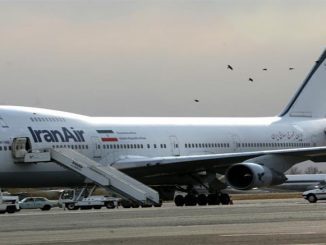
Pilgrims gather in the mount Arafa, (12 miles) east of Mecca. , for the annual pilgrimage.
Mecca, Saudi Arabia: More than 2 million pilgrims were gathered in the holy city of Mecca in Saudi Arabia to perform initial rites of the Hajj, the Muslim pilgrimage that takes the faithful along a path traversed by the Prophet Mohammed (peace be upon him) some 1,400 years ago.
The Hajj in Islam is meant to be a great equaliser and unifier among Muslims, with pilgrims shedding overt displays of wealth and materialism.
All male pilgrims wear simple terry cloth white garments and women don conservative dress and headscarves, forgoing makeup, nail polish and perfume in an effort to draw closer to God and engage in intense worship for the five-day hajj.
On Saturday, August 10, pilgrims headed early to Mount Arafat, an area about 20 kilometres (12 miles) east of Mecca.
The more than 2 million pilgrims stand shoulder to shoulder for an emotional day of repentance and supplication at Mount Arafat for the peak of the annual Hajj.
Mount Arafat is the site where the Prophet Mohammed (PBUH) delivered his final sermon, calling for equality and unity among Muslims.
Earlier, on Friday, thousands of pilgrims circled the cube-shaped Kaaba in Makkah, Islam’s holiest site. They circle the Kaaba counter-clockwise, their hearts tilting toward the structure that’s meant to symbolise the monotheistic principle of the oneness of God in Islam.
Muslims around the world pray toward the Kaaba daily, using compasses to help them pray in its direction.
A large, diverse gathering
The Hajj is one of the largest and most diverse gatherings in the world, drawing more than 1.8 million people from around the world this year, according to Saudi officials.
Several hundred thousand more pilgrims are Saudi residents or citizens. Last year, 2.4 million people took part in the Hajj, with similar numbers expected for 2019.
Faith journey
Those on the Hajj view the pilgrimage as an opportunity to strengthen one’s faith, erase past sins and start anew. The Hajj is one of the five pillars of Islam, required of all Muslims to perform once in their lifetime if they are physically and financially able.
For the well-heeled, the pilgrimage includes a partial stay in towering five-star hotels with lavish buffets overlooking the Kaaba.
But for most, it means sleeping in simple accommodations or even spending weeks sleeping on the ground around Makkah’s Grand Mosque to perform daily prayers and rites near the Kaaba ahead of the Hajj.
Many pilgrims will save for years to perform the Hajj. Charities and wealthier Muslims often also help fund those unable to cover the costs.
In addition to being financially costly, the Hajj is physically demanding, involving much walking and travel between various points along the route.
To ease the journey, the kingdom recently unveiled the first phase of a new high-speed train connecting pilgrims between holy sites in the cities of Makkah and Medina. The kingdom also has a new e-visa system in place for pilgrims.



